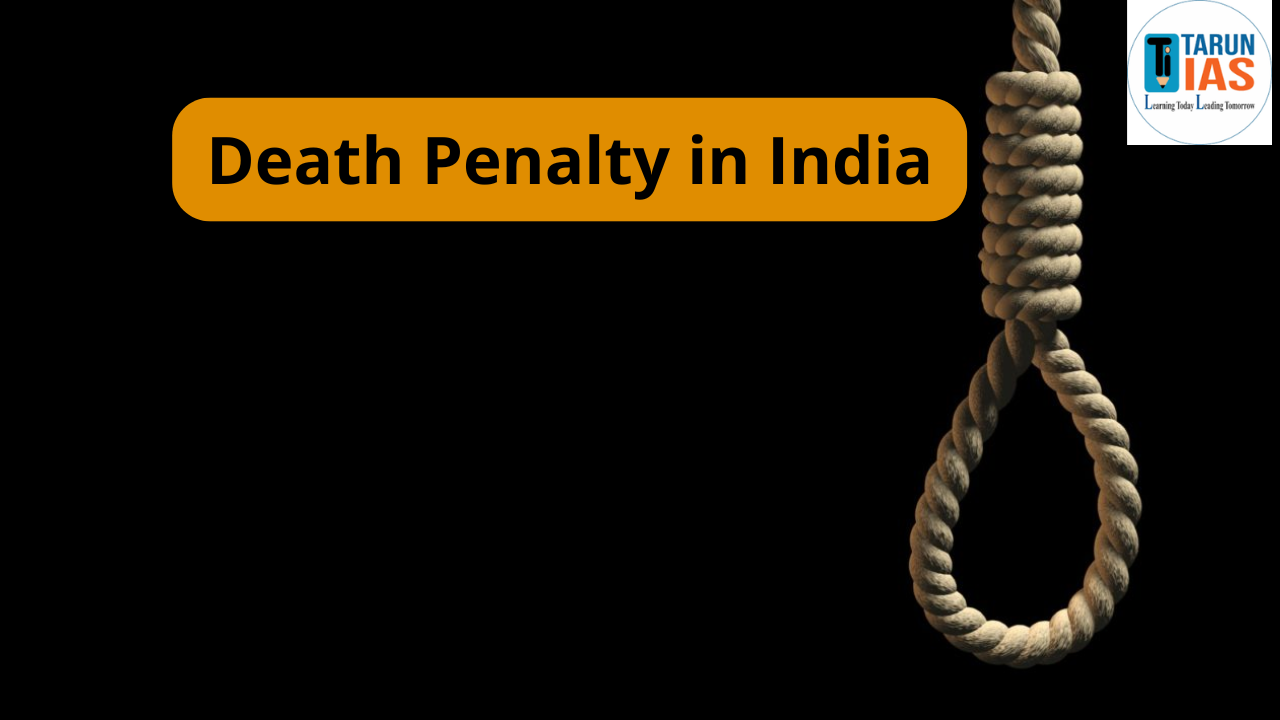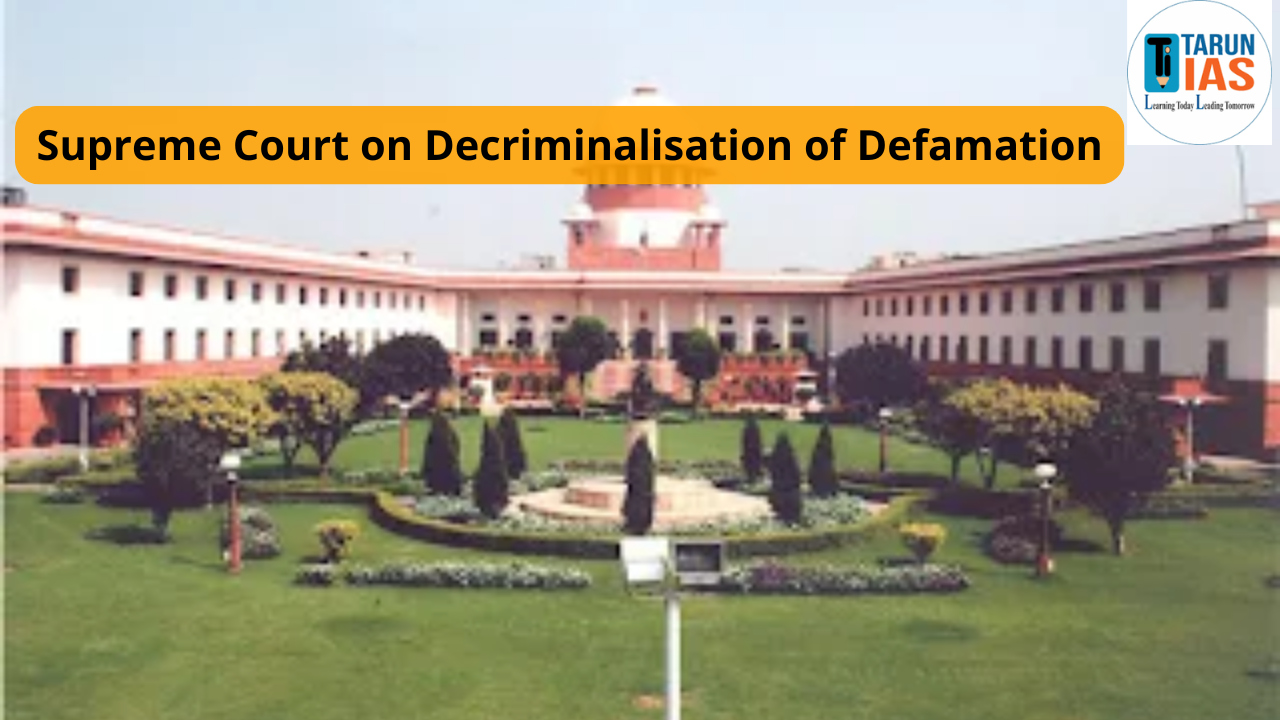The Gupta Empire, one of the most significant empires in Indian history, emerged around the end of the 3rd century CE.
- This empire played a pivotal role in uniting North India politically for over a century.
- Initially confined to regions of Uttar Pradesh and Bihar, the Gupta kingdom expanded over time to include neighboring areas, eventually evolving into a vast pan-Indian empire.
Factors Behind the Rise of the Gupta Empire
- Geographical Advantages:
- The fertile lands of Madhyadesa (comprising Uttar Pradesh and Bihar) provided a strong agricultural base.
- Rich iron-ore deposits in regions like central India and southern Bihar fueled economic and military growth.
- Key Regions of Initial Rule:
- The Guptas initially ruled over areas like Anuganga (Middle Gangetic Plain), Prayag (modern Allahabad), Saket (modern Ayodhya), and Magadha.
- Capital:
- The capital city of the Gupta Empire was Pataliputra, known today as Patna.
- Dynastic Origin:
- Some historians believe that the Gupta dynasty originated from the Vaishya community.
- Royal Titles:
- The Gupta rulers adopted grand titles such as Paramabhattaraka, Maharajadhiraja, Parameshwara, Samrat, and Chakravartin, emphasizing their sovereignty over lesser kings.
- Classical Age:
- The Gupta period is often referred to as the Golden Age of India due to remarkable progress in science, arts, and literature.
Sources of Gupta Empire
- Literary Sources:
- Puranas and Dharmashastras: These texts provide insights into the Gupta dynasty’s rule and governance.
- Kamandaka Nitisara: Written by Sikhara, the prime minister of Chandragupta II, this work details the political and administrative strategies of the Guptas.
- Devichandraguptam and Mudrarakshasa: Written by Visakhadatta, these plays narrate the rise and consolidation of Gupta power.
- Travelogues of Chinese Travelers:
- Fa-Hien: This Chinese traveler visited India during Chandragupta II’s reign and documented the social, economic, and religious conditions of the time. He highlighted the presence of free hospitals and charitable institutions.
- I-Tsing: Visiting after the Gupta period, I-Tsing mentioned Srigupta, the founder of the Gupta dynasty, who established a shrine for Chinese pilgrims near Mrigasikhava (known as the Temple of China).
- Inscriptions:
- Mehrauli Iron Pillar Inscription: This inscription celebrates the achievements of Chandragupta I.
- Allahabad Pillar Inscription (Prayag Prashasti):
- Engraved on an Ashokan pillar, this inscription provides detailed accounts of Samudragupta’s conquests and achievements.
- Written in classical Sanskrit and Nagari script, it describes his military campaigns, poetic talents, and relations with other rulers.
- Bhitari Pillar Inscription: This inscription, linked to Skandagupta, narrates his battles with the Pushyamitras and Hunas during Kumaragupta I’s reign.
- Copper Plates and Seals:
- Tamrapatras (Copper Plates): These documents record details about donors, recipients, and donations.
- Seals: Administrative seals provide insights into the governance and hierarchy of officials during the Gupta period.
- Coins:
- Gupta coins feature legends, figures, and titles, offering details about their reign and rituals.
- Monuments and Art:
- Artistic Contributions:
- The Mathura, Banaras, and Nalanda schools of art flourished during this period.
- The seated Buddha statue in Sarnath, a masterpiece of the Banaras school, showcases the artistic excellence of this era.
- Paintings of Ajanta and Ellora: These cave paintings reflect the artistic sensibilities and religious beliefs of Gupta society.
- Artistic Contributions:
Key Contributions of Gupta Empire
- Scientific Advancements:
- The Gupta period saw significant developments in astronomy, mathematics, and medicine. Scholars like Aryabhata and Varahamihira contributed immensely during this time.
- Literary Achievements:
- Sanskrit literature flourished with notable works such as Kalidasa’s plays and epics.
- Social and Religious Progress:
- Hinduism regained prominence, although Jainism and Buddhism continued to thrive.
- Gupta rulers supported the construction of temples and monasteries.
|
UPSC Articles |
|
| UPSC Interview | UPSC Interview Marks |
| UPSC Syllabus | UPSC Exam Pattern |
| UPSC Eligibility | UPSC Age Limit |
| UPSC Selection Process | UPSC Cut off |














